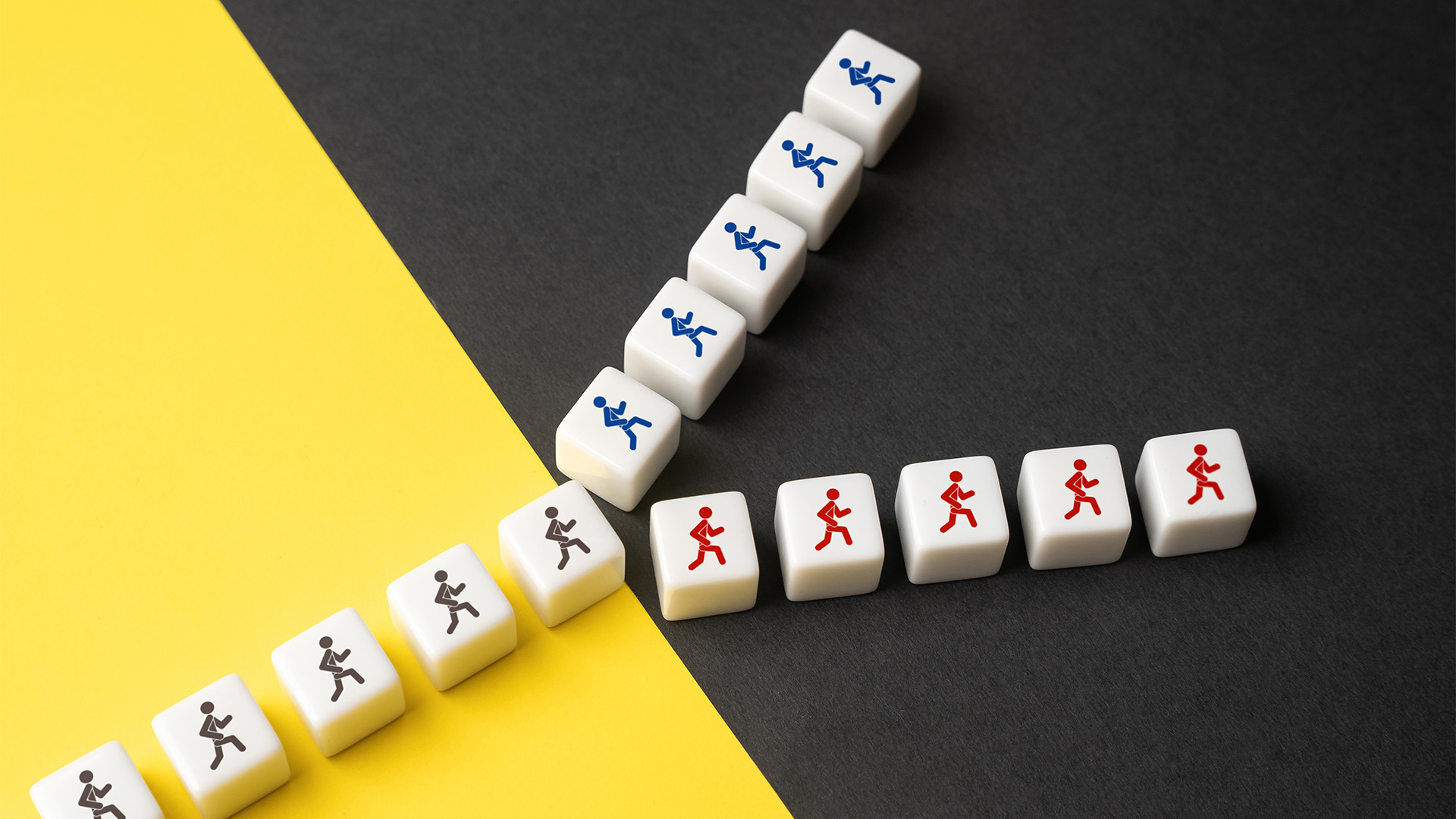
In Australia, all eyes will be on the Reserve Bank board on Tuesday in Brisbane.
It will be simply a case of to cut or not to cut.
The RBA sat pat last month to assess the progress of the economy and the way the 4% of rate cuts since late last year were impacting activity.
But much has changed since then. We now know where the economy is heading: down. We got the news last Tuesday from the RBA that it now expects economic growth this year will fall.
So will that be enough to cut again?
Some analysts suggest a cut won’t happen because the sharemarket is solid, tension in money markets has eased and the economy is slowing, as the RBA now admits.
Some well connected media columnists reckon there won’t be a cut, as does Goldman Sachs JBWere and UBS economists, Merrill Lynch is going for a trim
Others suggest the cut will happen, bit it will be a tickle, down 0.25%.
Others such as the AMP’s chief strategist and economist, Dr Shane Oliver reckons it will be "close", as does Rory Robertson, the Macquarie Bank interest rate strategist.
He believes a cut of 0.50% could happen, to take the cash rate to 2.75%.
Dr Oliver believes the central bank can "make a case to leave rates on hold again given the 400 basis points in easing that has already occurred since March, the desire to see what impact this has and the desire to the preserve a bit of ammunition for later.
"However, since the last meeting the IMF and OECD have moved to forecasting a significant contraction in global growth this year, the RBA now appears to be forecasting a recession with Deputy Governor Ric Battelino acknowledging that GDP is likely to fall this year and unemployment has risen above 5%.
"So on balance we expect the Bank to cut by 0.25% taking the cash rate to 3%.
"Regardless of what happens on Tuesday though we remain of the view that the cash rate is heading down to around 2% over the next six months driven by a steady rise in the unemployment rate," Dr Oliver said.
Our unemployment rate is out Thursday and will show more job losses- up to 20 25,000- and a jobless rate of perhaps 5.3% in March.
Figures out yesterday showed a sharp fall in online job advertisements in March, with the engineering sector hit the hardest.
The Olivier Job Index, which records the number of jobs advertised online, fell 12.5% last month, seasonally adjusted.
This follows a 9.08% fall in February.
Australian job ads have dropped by 30.5% since the beginning of the year, according to the Index.
Friday night saw the March jobs figures released in the US and it was tough news.
The US unemployment rate in March leapt to a new 25-year high of 8.5% as employers shed another 663,000 jobs.
Over 5 million American jobs have disappeared in the recession since it started in December 2007, with more than 3 million of those in the past five months.
Here on Friday we saw mixed news on the local economy.
A report said activity in the services sector continues to shrink as businesses and consumers restrain spending in the down, but the pace of decline is slowing.
The Australian Industry Group-Commonwealth Bank performance of services index rose by 3.4 index points in February to 35.6 points.
It was the 12th straight month the index has come in below the key 50 level that separates contraction from expansion.
So it’s still below par, but perhaps steadying. That’s the trend in China and in the US in similar reports late last week.
The Federal Government’s second stimulus package payments start flowing shortly after being cleared by the High Court on Friday.
That will provide a timely boost as the retail sales for February showed with their 2% fall, which was bigger than most expected.
Car sales figures on Friday for March were poor, but not as bad in February. In fact March sales were 10% higher than in february and January.
New car and truck sales slumped 17.1% in March on March last year as the impact of the economic downturn continued.
But sales in March were higher than those in January and February, showing that unlike the US, demand hasn’t been completely flattened…
The Federal Chamber of Automotive Industries (FCAI) said 75,650 new vehicles were retailed last month, down on the 91,285 in the same month last year.
The result took demand for the first quarter down by 19.2% to 212,970.
Our car industry is nowhere near the basket case that the us and Japan are.
But Holden is in trouble. It announced Friday that it is cutting its Adelaide Commodore plant back to one shift a day for the rest of the year as it battles falling sales for what is still Australia’s biggest selling model.
Sales fell 11% in March. The company says it will now build 310 vehicles after a decision to axe the afternoon assembly shift in Adelaide from May.













